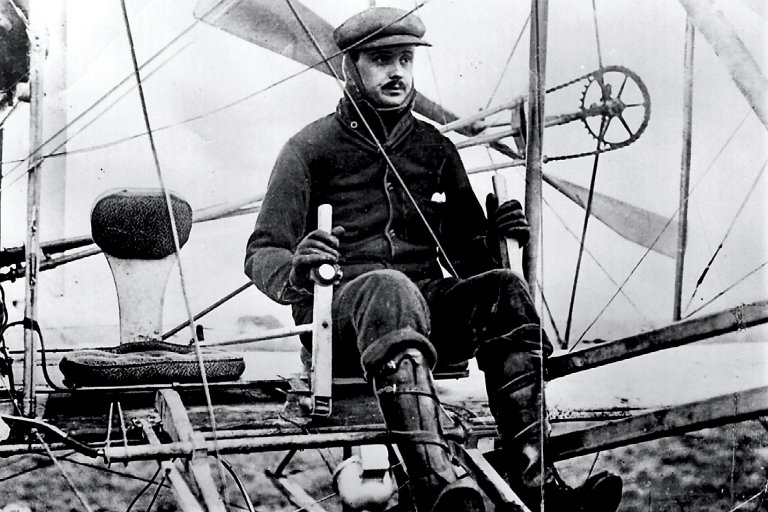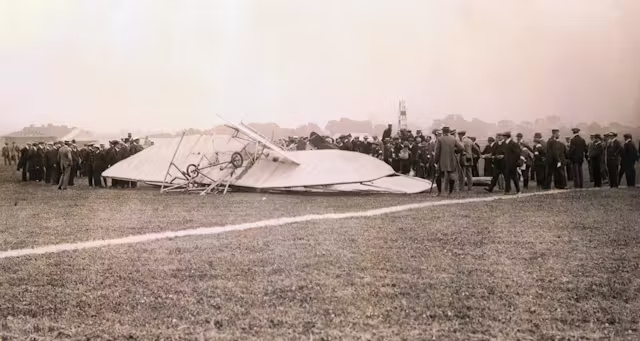$10 million Rolls-Royce Jonckheere Coupe Found In Junk-Yard
In the heart of New Jersey, amidst the forgotten relics of yesteryears, a treasure was unearthed that would captivate the world of automotive enthusiasts: the 1925 Rolls-Royce Phantom I Jonckheere Coupe valued today at upward of $10 million. The story of its discovery reads like a modern-day fairy tale, where a car of such regal lineage was found in the most unassuming of places - a local junkyard. Legends and speculation abound about how this masterpiece of coachbuilding ended up there. Some whisper of an eccentric millionaire who, after his fortune dwindled, left his prized possession to decay, while others suggest it was part of a forgotten automotive collection, lost to time and neglect.
The "Round Door" Rolls, known for its unique circular entry points and aerodynamic design, was a product of Jonckheere's innovative Belgian craftsmanship. How it made its way to a New Jersey junkyard is a mystery wrapped in speculation. Perhaps it was hidden away during the tumultuous years of the Great Depression or World War II, only to be rediscovered decades later. This particular model car, once a symbol of luxury and speed in the 1920s and '30s, had transitioned from the glamour of European and American high society to the anonymity of rust and decay.

Its rediscovery sparked a frenzy among historians and collectors. The car, covered in layers of dust and cobwebs, was initially overlooked as just another piece of scrap until its distinctive bodywork caught the eye of a keen observer. The process of extricating this gem from its resting place was a delicate operation, requiring a blend of reverence for its history and the practicalities of salvage. Once freed from its decades-long slumber, the Jonckheere Coupe became the subject of intense interest, with experts debating its provenance, original owners, and the stories it could tell.
After its dramatic rediscovery, the journey of the Jonckheere Coupe took a turn towards restoration and revival. It was meticulously restored, every curve and contour of its unique bodywork brought back to life. The car went from being an anonymous lump in a junkyard to a celebrated artifact at the Petersen Automotive Museum in California, where it now stands as a testament to the art of coachbuilding. Its story, from obscurity to prominence, not only highlights the unpredictable paths of history but also celebrates the enduring allure of automotive design, reminding us that even the grandest of creations can find their way back to glory.
If you are interested in exploring advertising with us, I encourage you to get in touch. Please feel free to contact me directly, and I will be more than happy to provide you with further information, answer any questions you may have, and guide you through the process.
Nick Aylieff | Classic Motors For Sale |





















